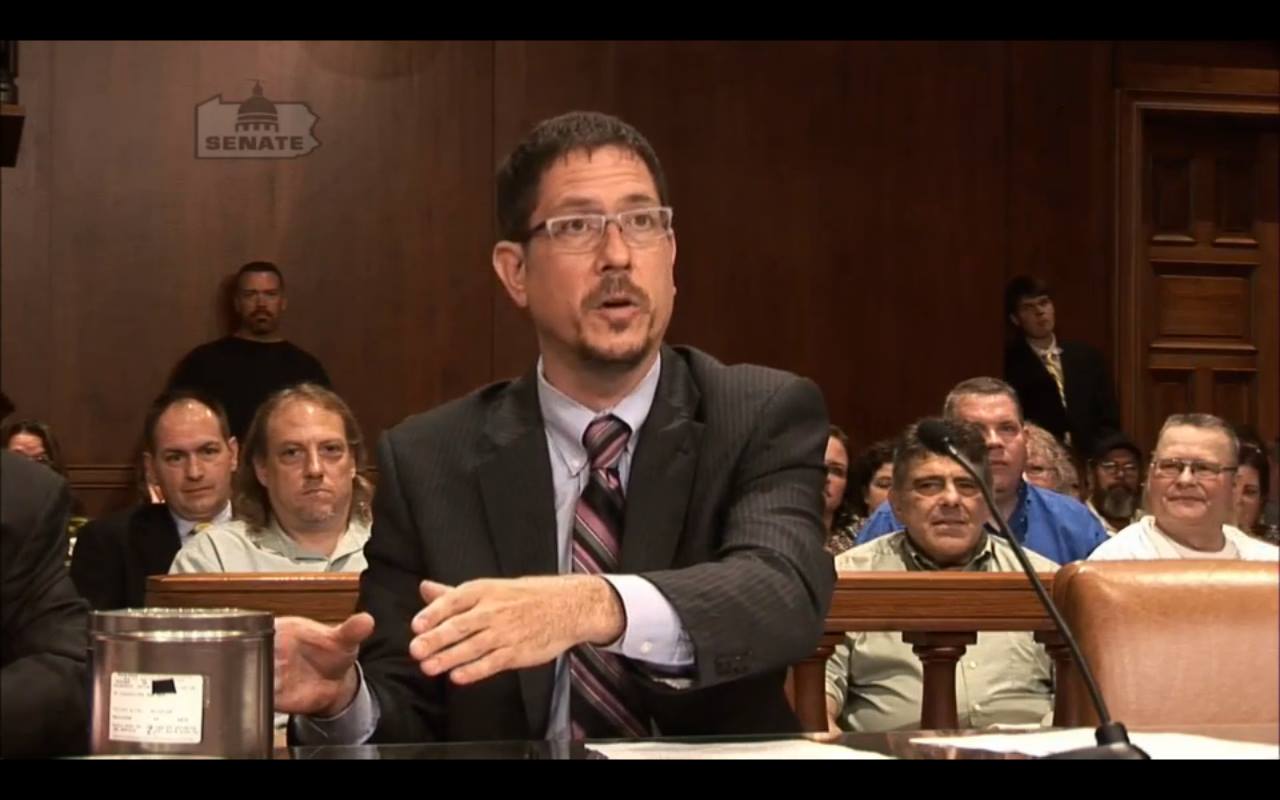Top Federal Crime Lawyer: Specialized Legal Defense for Federal Offenses
Top Federal Crime Lawyer: Specialized Legal Defense for Federal Offenses
Blog Article
Debunking the Refine of Federal Appeals: What You Required to Know
Browsing the complex realm of federal charms can usually feel like passing through undiscovered waters for those not familiar with the process. Recognizing the subtleties of appellate court jurisdiction, the intricacies of submitting a notification of allure, presenting an engaging short, and making a convincing oral argument are important components that can significantly impact the result of an instance. By deciphering the layers of intricacy bordering government charms, individuals can acquire a more clear understanding into the devices that govern this critical stage of the lawful system.
Comprehending Federal Appeals Process
Exploring the complex realm of the government appeals process reveals a organized and methodical journey with the judicial system - federal firearm appeals. Federal charms act as a critical system for reviewing choices made by reduced courts. Comprehending this process is vital for any person associated with lawful proceedings at the federal level
The process normally begins with an event disappointed with a lower court's ruling submitting a notification of allure. This activates a testimonial by a higher court, where a panel of judges analyzes the legal debates provided by both events. Briefs laying out the legal thinking behind each event's setting are submitted, and dental debates might be heard to clear up intricate issues.
The appellate court's choice is based on a complete examination of the reduced court's procedures and the disagreements offered. Once the appellate court reaches a decision, it can attest, reverse, remand, or customize the lower court's judgment, offering clearness and finality to the lawful conflict.
Appellate Court Jurisdiction Described

Appellate courts have jurisdiction over details sorts of situations, usually those including legal mistakes, procedural issues, or inquiries of regulation instead of factual disputes. The jurisdiction of appellate courts is usually laid out in statutes and laws that control the court system. Recognizing appellate court territory is important for parties included in the allures procedure as it identifies whether a situation is eligible for review and the extent to which the appellate court can interfere in the reduced court's choice.
Declaring a Notice of Charm
The preliminary action in starting the federal charms procedure entails filing a Notification of Allure with the appropriate appellate court. top federal appeal attorneys in maryland. This critical record formally informs the court and the other parties associated with the instance that the appealing event means to look for an evaluation of the reduced court's choice. Filing a Notification of Charm is a strict step-by-step need that establishes the appellate process moving
When preparing the Notification of Charm, it is vital to guarantee conformity with the particular regulations and standards of the appropriate appellate court. The file must generally consist of details such as the situation name, the lower court's name, the date of the judgment being appealed, and a succinct statement showing the grounds for the charm.
Timeliness is of the essence when filing a Notification of Appeal. Missing out on the target date for sending this record can cause the allure being disregarded, underscoring the importance of exact and timely initiation of the appeals process. It is recommended to look for lawful support to browse the intricacies of filing a Notice of Appeal efficiently.
Instruction and Dental Disagreement
In the appellate process, offering composed briefs and participating in dental debates play crucial functions in advocating for the appealing party's setting before the appellate court. Briefs are thorough legal papers that describe the celebrations' arguments, legal authorities, and evaluation sustaining their positions. These written entries offer the court with a thorough understanding of the truths of the instance, the relevant regulation, and why the appealing event believes the reduced court's choice need to be overturned.
Adhering to the submission and testimonial of the briefs, oral debates offer the celebrations an opportunity to additional clarify their positions, attend to any type of questions the appellate courts may have, and emphasize bottom lines from their written briefs. Dental disagreements are a chance for the attorneys to convince the judges via verbal campaigning for and feedbacks to queries from the bench.

Getting the Appellate Court Decision

Final Thought
To conclude, the federal charms procedure is a complex but critical step in looking for justice. Recognizing the appellate court territory, submitting a notification of allure, preparing briefs, and presenting dental disagreements are all important parts of this process. Ultimately, obtaining the appellate court choice can provide clearness and resolution to lawful disputes. It is essential to navigate the federal allures process with diligence and attention to information to attain a fair end result.
As we advance from comprehending the federal charms procedure to dissecting the details of appellate court territory, an essential facet comes to light pertaining to the authority and limitations of these higher courts in the lawful landscape. Appellate court jurisdiction refers to the range of cases that a certain appellate court has the power to review and choose upon. Unlike trial courts that listen to instances for the very first time, appellate courts are limited to evaluating decisions made by lower courts. Comprehending appellate court territory is critical for parties entailed in the allures procedure as it identifies whether a case is eligible for review and the level to which the appellate court can interfere in the reduced court's choice.
Whether the appellate court attests, reverses, or remands the reduced court's decision, comprehending the implications of the ruling is vital for all events entailed in the appellate process.
Report this page